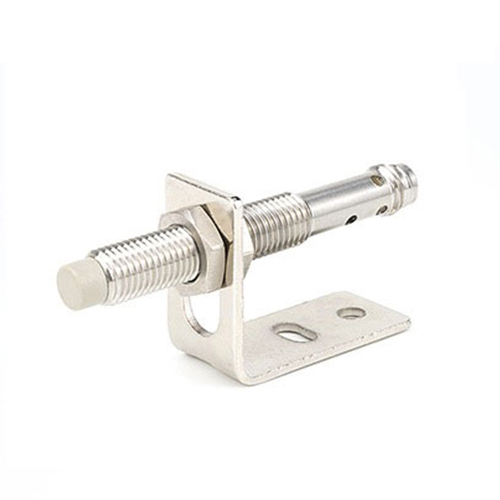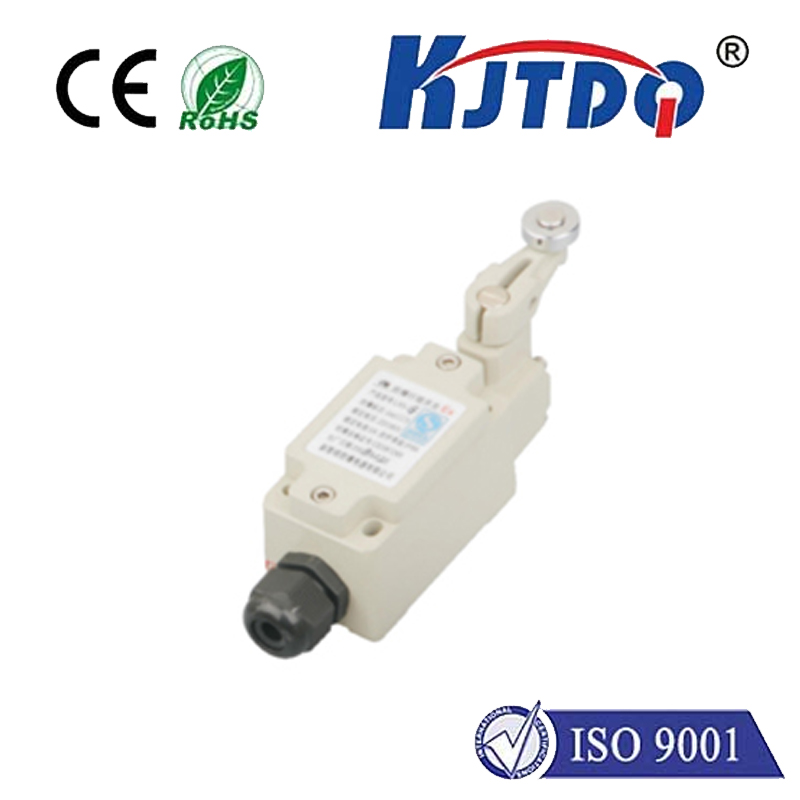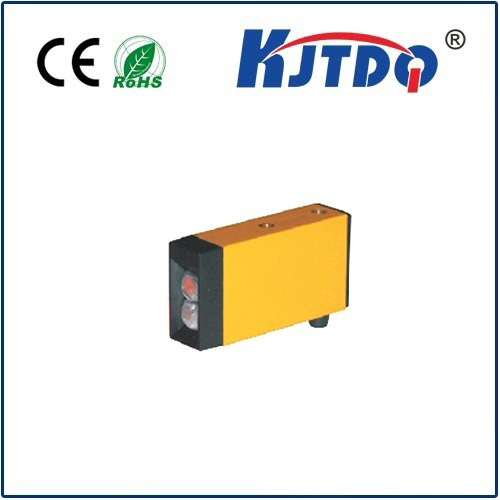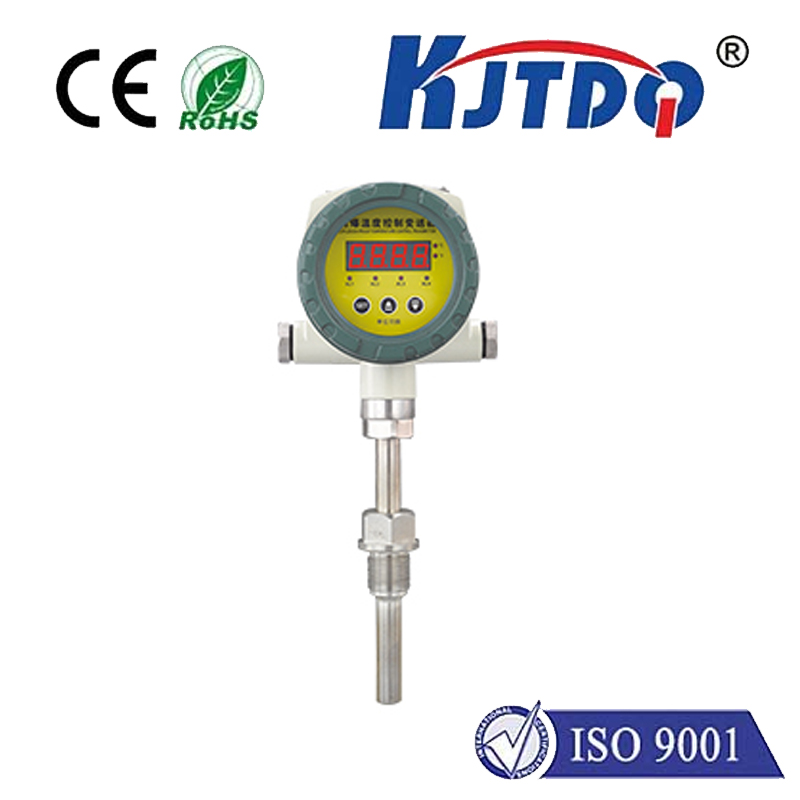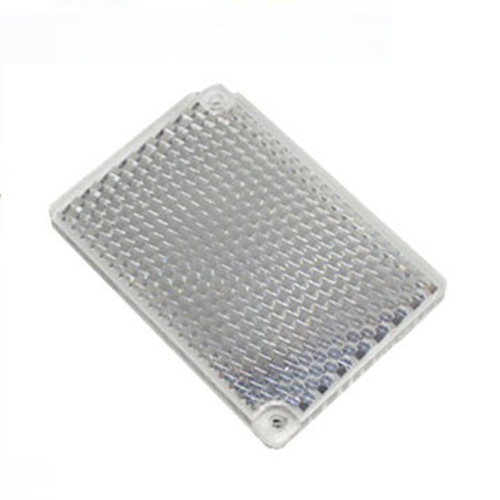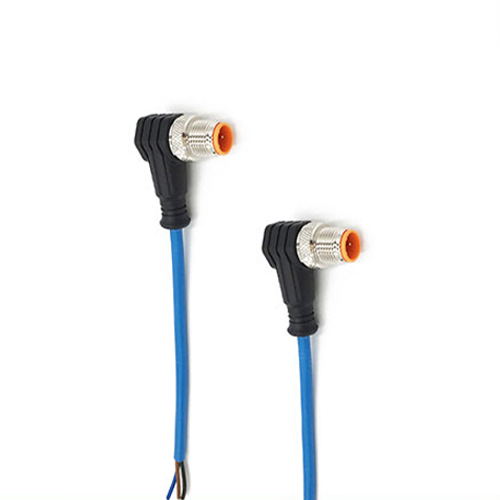sensor ntc
- time:2025-08-20 04:04:09
- Нажмите:0
Unlocking Precision: Your Essential Guide to NTC Thermistor Temperature Sensors
From the subtle warmth of your coffee cup to the critical thermal management inside a high-performance electric vehicle, accurately measuring temperature is fundamental to countless modern technologies. At the heart of this widespread sensing capability often lies a remarkably versatile and cost-effective component: the NTC Thermistor Sensor. Understanding what these sensors are, how they operate, and where they excel is key to harnessing their potential. This guide dives deep into the world of NTC thermistors, demystifying their technology and showcasing their vital role.
What Exactly is an NTC Thermistor Sensor?
Put simply, an NTC (Negative Temperature Coefficient) Thermistor is a specialized type of resistor whose electrical resistance decreases significantly as its temperature increases. This inverse relationship between temperature and resistance is its defining characteristic and the foundation of its sensing capability. The term “thermistor” itself is a portmanteau of “thermal” and “resistor”.
Constructed primarily from metal oxide ceramics (like manganese, nickel, or cobalt oxides) processed and sintered into various form factors (beads, chips, discs, rods), NTC thermistors exhibit this predictable resistance change across a wide temperature range, typically spanning -55°C to +150°C, with specialized types exceeding 300°C. This predictable non-linear response curve is what makes them invaluable sensors.
How Does an NTC Thermistor Work Its Magic?

The core principle leverages the intrinsic semiconductor properties of the ceramic material. At lower temperatures, fewer electrons within the material possess enough energy to break free and contribute to conductance. As temperature rises, more electrons gain sufficient energy, significantly increasing the number of charge carriers available to conduct electricity. This reduction in resistance with rising temperature is the fundamental negative temperature coefficient behavior.
To convert this changing resistance into a usable temperature reading:
- The NTC thermistor is incorporated into a circuit, often a simple voltage divider.
- A known, stable voltage is applied.
- As the thermistor’s temperature changes, its resistance changes.
- This resistance change alters the voltage drop across the thermistor (or across a fixed resistor in series).
- This varying voltage signal is measured and converted (using calibration curves or mathematical models like the Steinhart-Hart equation) into a precise temperature value.
Why Choose an NTC Thermistor? Key Advantages
The popularity of NTC sensors stems from several compelling benefits:
- High Sensitivity: NTC thermistors exhibit a large change in resistance per degree of temperature change, especially compared to traditional RTDs (Resistance Temperature Detectors). This high sensitivity allows for the detection of minute temperature variations, making them exceptionally precise over narrow ranges.
- Cost-Effectiveness: They are generally inexpensive to manufacture, offering significant savings, particularly in high-volume applications.
- Compact Size: Available in extremely small form factors (e.g., miniature beads or surface-mount chips), they are ideal for space-constrained designs.
- Fast Response Time: Due to their small thermal mass, especially bead and chip types, NTC thermistors react very quickly to temperature shifts. This rapid response is crucial in applications requiring real-time thermal feedback.
- Ruggedness: Ceramic construction provides good stability and durability against mechanical shock and vibration in many environments.
- Simple Integration: Their fundamental resistance output makes them relatively easy to interface with standard electronic circuits and microcontrollers (ADCs).
Unlocking Application Potential: Where NTC Sensors Shine
NTC thermistors are truly ubiquitous. You’ll encounter them in:
- Consumer Electronics: Monitoring battery temperature in smartphones and laptops, preventing overheating; controlling temperature in rechargeable battery packs; managing thermal performance in power supplies and CPUs.
- Automotive Systems: Measuring coolant, air intake, and oil temperatures; monitoring cabin climate control; safeguarding battery temperatures in EVs; sensing HVAC system performance.
- Home Appliances: Precise temperature control in ovens, refrigerators, freezers, coffee makers, and washing machines.
- Medical Devices: Ensuring safety and accuracy in digital thermometers (oral, ear), incubators, dialysis machines, and thermal therapy equipment. Patient monitoring relies heavily on stable temperature readings.
- Industrial Control: Monitoring process temperatures, machine health (bearing, winding temps), environmental chambers, and HVAC systems. Their cost-effectiveness scales well for large installations.
- Rechargeable Battery Management Systems (BMS): Critical safety components for monitoring individual cell or pack temperatures, enabling thermal runaway prevention and optimal charging/discharging conditions.
Selecting the Right NTC Thermistor Sensor
Choosing the optimal NTC thermistor involves careful consideration:
- Required Temperature Range: Ensure the thermistor’s specified range covers your operating minimum and maximum.
- Measurement Accuracy & Tolerance: Specify the needed precision (±0.1°C, ±0.5°C, etc.).
- Resistance Value (@25°C): Common values like 10kΩ, 100kΩ are standard, but many others exist. Choose based on your circuit design.
- Beta (β) Value or Steinhart-Hart Coefficients: These define the resistance-temperature curve. Consistency within a batch is crucial for accuracy, especially when using the Steinhart-Hart equation for conversion.
- Thermal Time Constant: How quickly the sensor responds to temperature changes – vital for dynamic applications.
- Stability & Long-term Drift: How much the resistance at a given temperature permanently changes over time and operating cycles.
- Self-Heating Effect: Current passing through the thermistor generates heat (I²R losses). Minimize measurement current or compensate for this error, particularly in precision applications.
- Physical Form Factor & Packaging: Bead (glass encapsulated or bare), chip (SMD), probe assembly? Consider environmental exposure (moisture, chemicals).
- Non-Linearity Compensation: While highly sensitive, their response isn’t linear. Effective use often requires calibration tables, lookup routines, or mathematical compensation in software/microcontroller logic.
Mastering the Circuit: Integration Essentials
Successfully integrating an NTC thermistor sensor hinges on several factors:
- Circuit Design: The voltage divider is the most common configuration. Component choices (fixed resistor value, excitation voltage) impact the sensitivity and usable voltage range.
- Signal Conditioning: Filtering may be needed to reduce noise on the measurement signal.
- Calibration: For high accuracy, individual or batch calibration against known temperature standards is often necessary.
- Linearization Techniques: Implementing the Steinhart-Hart equation in firmware or using dedicated analog linearization circuits significantly improves measurement accuracy across the range.
- Minimizing Self-Heating: Use the lowest practical excitation current compatible with your signal-to-noise requirements.


